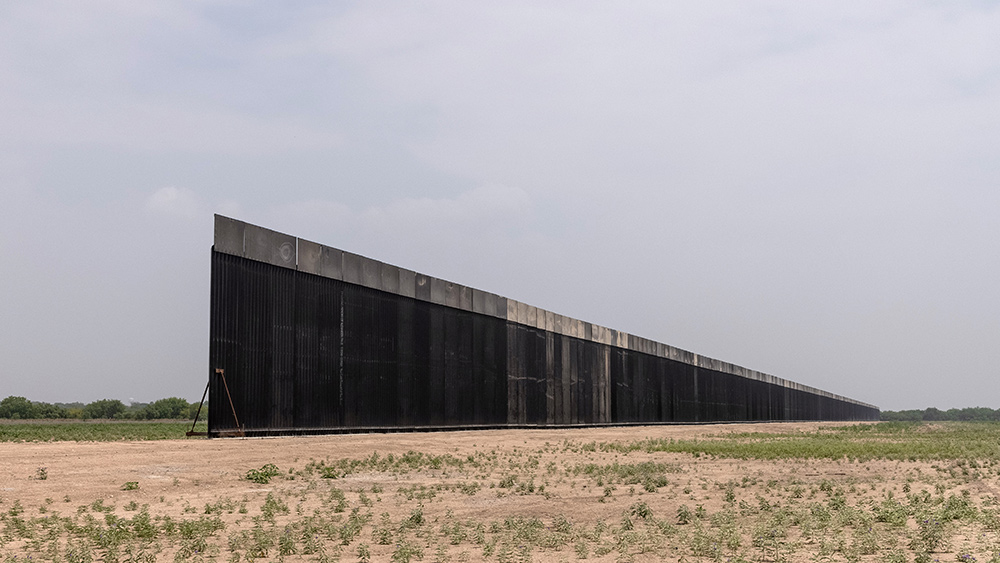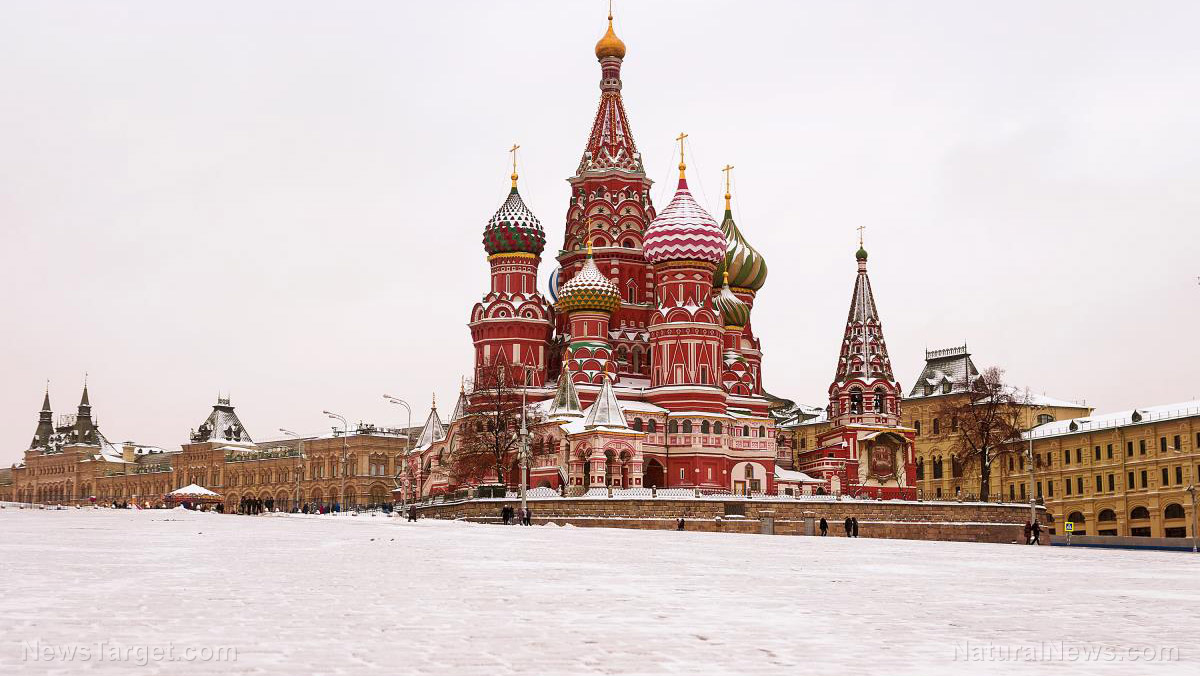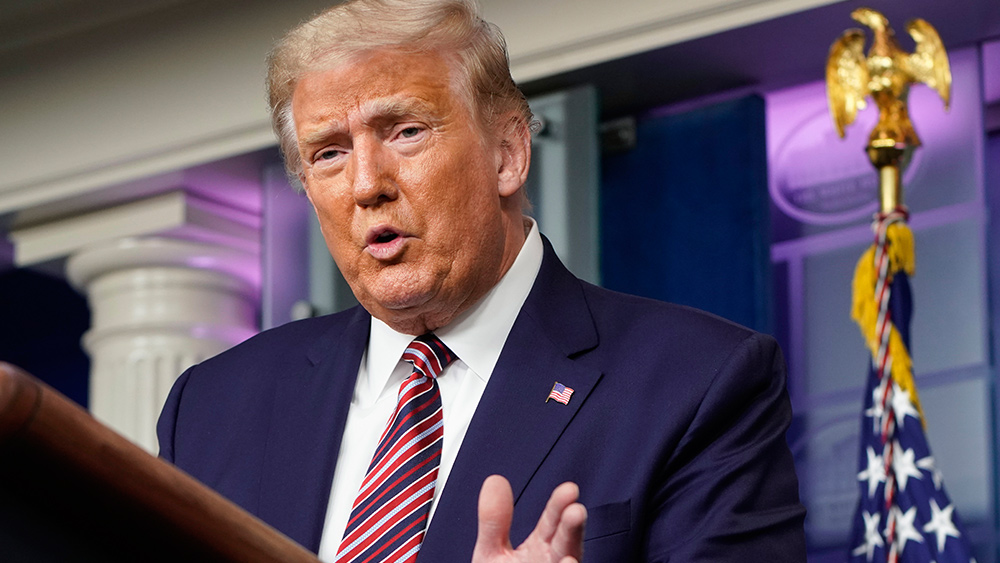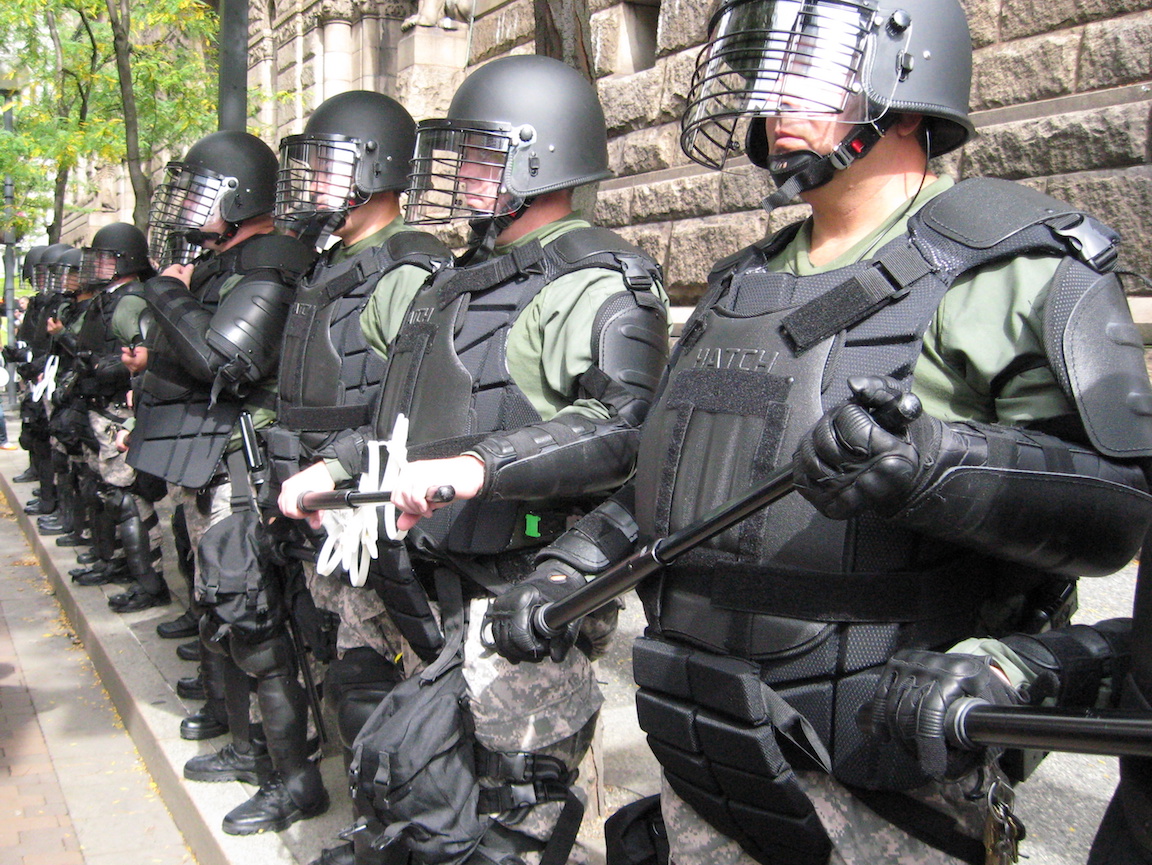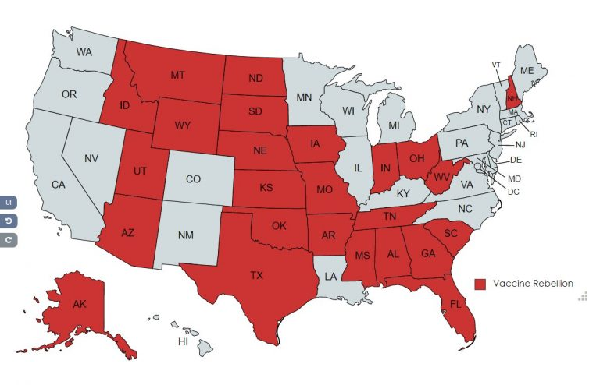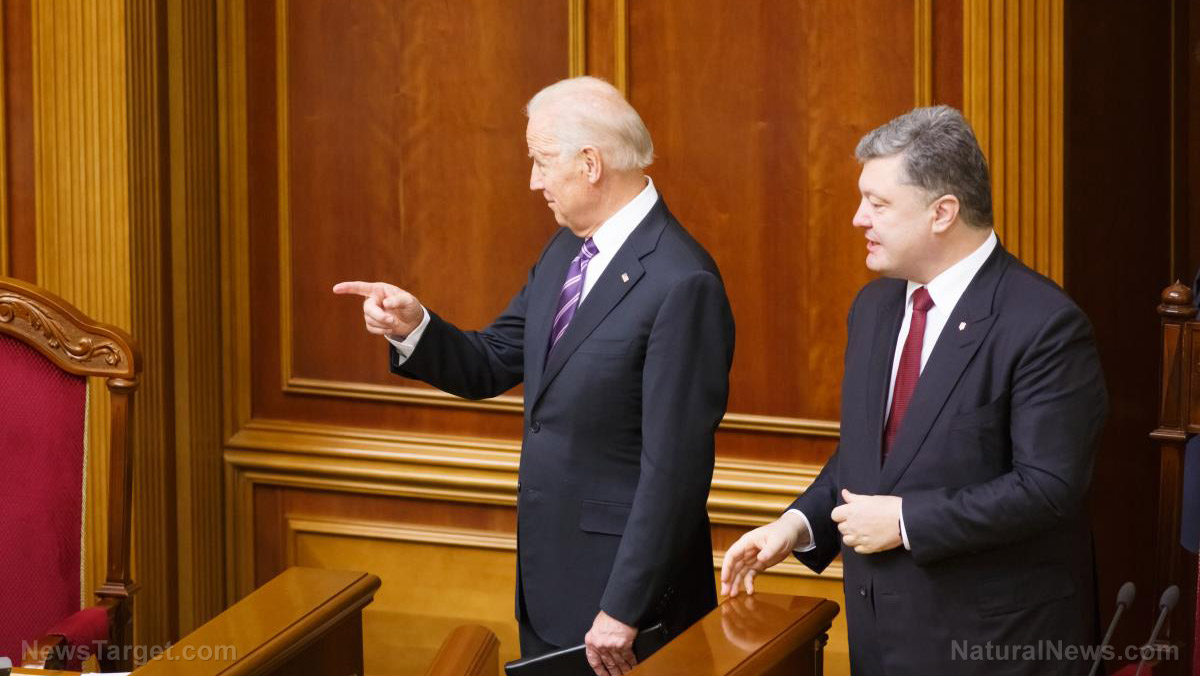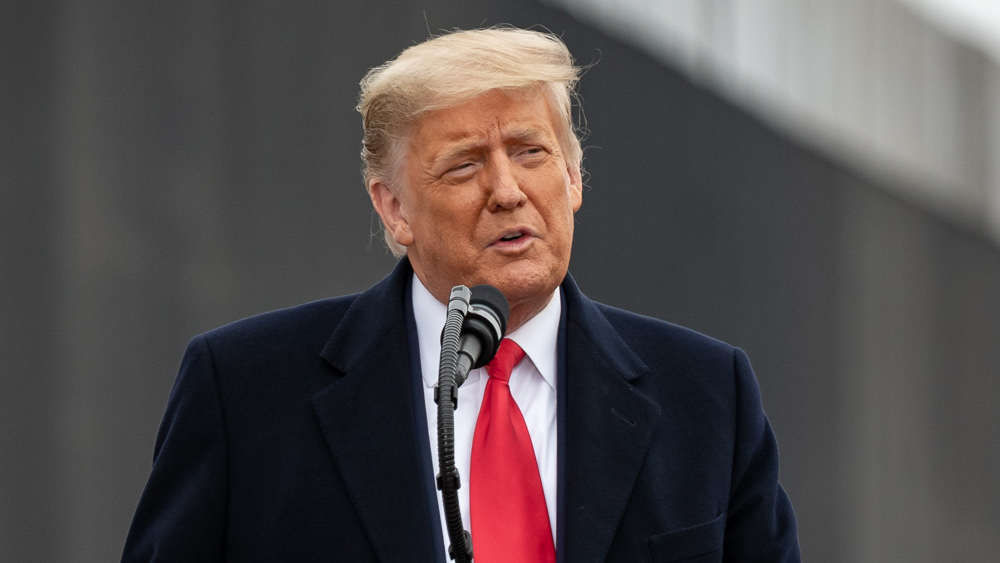National security, food supply at risk as foreign ownership of US farmland continues to grow
08/10/2022 / By Mary Villareal

Doug Hagman lamented the apparent subjugation of the United States federal government to the World Economic Forum and other globalist organizations.
“It’s amazing to me that foreign countries own millions of acres of farmland in this country – and you’re looking at China, Iran and Russia as some of our worst enemies,” Hagmann said during the July 28 episode of “The Hagmann Report.”
He noted that some are very close to sensitive locations.
For example, a wind farm in Texas owned by a Chinese businessman with close ties to the communist regime in China is near the Air Force’s largest pilot training base.
The more than 130,000 acres of Texas ranch land was sold in 2018 to China-based Guanghui Energy Co. Sun Guangxin, the founder of Guanghui, is a former Chinese military officer and the richest person in the western Xinjiang region.
Of course, Xinjiang is home to internment camps where more than a million Uyghurs and other Muslim minorities are allegedly held without charge.
According to United States Department of Agriculture (USDA) records, foreign land ownership has been reported in all 50 states and Puerto Rico. But foreign investors have their holdings concentrated in particular states, with the greatest shares in Texas, Maine and Alabama, as these states have no restrictions on foreign land ownership.
Foreign investors own over 35 million acres of US farmland as of 2019
USDA data revealed that foreign investors owned at least 35.2 million acres of U.S. agricultural land in 2019, which is equivalent to 2.7 percent of farmland in the country and an area almost the size of Iowa.
Canadian investors held the largest share of foreign-owned land, but Congress has also become increasingly concerned about Chinese land purchases.
Foreign entities usually buy these agricultural lands for a variety of reasons, such as food production, wind farming, carbon offsets or speculative investments.
Around 49 percent of reported foreign-held land in the United States is forest land, 25 percent is cropland, 24 percent is for pasture and other agricultural uses and two percent for non-agricultural uses such as roads and homesteads.
Large land purchases always present various localized concerns in places when they occur. For instance, in water-scarce regions like the Southwest, outsiders using freshwater resources could affect availability for local farms and communities.
These issues are also magnified when there’s an ongoing food crisis.
The only federal law that governs transactions regarding foreign-held land ownership is the Agricultural Foreign Investment Disclosure Act (AFIDA) of 1978, which requires foreign entities to report transactions of farmland to the USDA, with steep penalties for failure to do so.
However, this has rarely been enforced, with the last fine imposed being back in 2014. (Related: How BLM sells out America’s land to foreign interests.)
The USDA claims that the goal is to monitor foreign ownership of land, not exact penalties. However, the AFIDA data are entirely reliant on self-reporting, and the USDA does not check it for completeness or accuracy, which means that the public does not have a complete picture of which foreign entities own how much of the U.S. farmlands, or what these lands are being used for.
Watch more of Doug Hagmann’s commentary about foreign land ownership in the video below.
This video is from the Steve Quayle channel on Brighteon.com.
More related stories:
Republican congressman Chip Roy submits bill to ban CCP members from buying land in the USA.
Sources include:
Submit a correction >>
Tagged Under:
AFIDA, agriculture, big government, Canada, China, Dangerous, farmlands, food collapse, food security, food supply, invasion usa, land ownernship, national security, US, USDA
This article may contain statements that reflect the opinion of the author
RECENT NEWS & ARTICLES
COPYRIGHT © 2017 BIG GOVERNMENT NEWS



